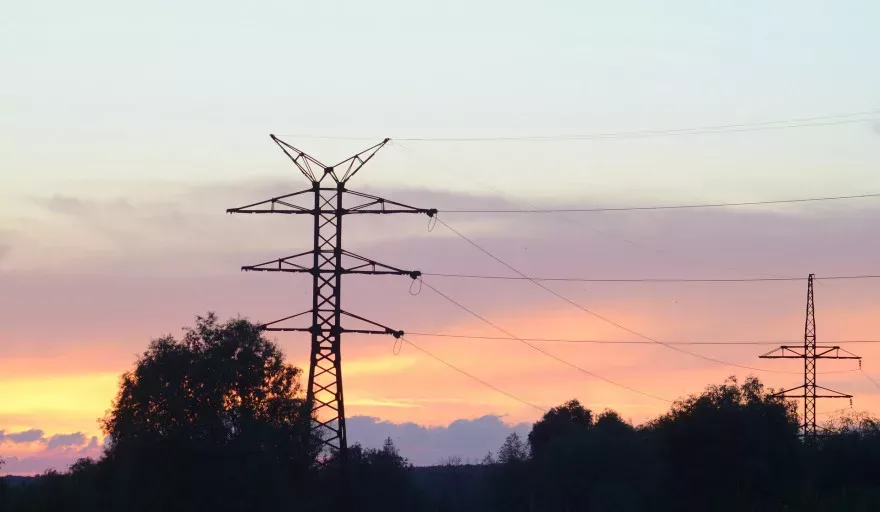Damien Simon talks to us about how African countries can be supported to expand their energy infrastructure and improve access to electricity.
Over half the African population (640 million people) do not have access to energy – the lowest electricity access rate worldwide. Because of low installed capacity, there is reduced energy consumption and access. Even those connected to a power grid experience 54 days of power outage a year on average – that’s darkness for 15 percent of the year.
There are multiple dimensions to the problem of energy access across the continent, from insufficient power generation capacity to difficulties in managing energy infrastructure; attracting investments in the sector to challenges in serving low-income users.
While the sustainable development objective of achieving universal access to electricity by 2030 is a lot closer than one might think, demand is only set to rise with an increasing population, urbanisation and economic productivity.
To achieve universal access despite increasing demand, where do we start? Well, let’s start at the very beginning, with the infrastructure that enables people to have energy delivered to their homes, schools, hospitals and community spaces.
Despite both the overwhelming need and the ample means available, the delivery of infrastructure is not happening as quickly as governments and the ultimate beneficiaries of new infrastructure might like. Getting the fundamental aspects of project development and delivery correct is a challenge, yet it is vital to ensuring the long-term success of energy infrastructure projects.
Many countries are now looking to better analyse their markets and identify projects which can be delivered successfully. For example, in the Ivory Coast, we at Nexans are working with the Ivorian state energy company, CI-Energies, to develop a ready-to-use power distribution infrastructure to over 45 villages.
In this project we are offering a turnkey solution that also brings in our key competencies and support for the management of the project. In the energy and power sectors, this project planning for implementation is crucial as there are so many moving parts that need to come together in order to make a project successful.
For example, not only do the power generation assets need to be considered, but so do the necessary transmission and distribution networks and revenue collection processes (the latter is vital in ensuring that the energy generated can be paid for). If any one of these elements are missing or not up to standard, the long-term viability of energy or power projects can be compromised.
Alongside our work on the Ivory Coast, we employ both our skills and our cables to improve access to energy through the Nexans Foundation.
In 2018, we supported a project with Electriciens Sans Frontières (ESF), consisting of the renovation of the electrical system in the Saint-Charles Lwanga high school in Ziguinchor, Casamance, Senegal.
The objective was to help improve conditions for the 500 students so that they could receive quality training as a first step towards professional integration and business creation. Since the best way to build on the knowledge gained in the classroom is to put theory into practice, the maintenance work was entrusted to students from the neighbouring technical college, under the supervision of ESF.
At Nexans, we have asked ourselves what we can do to help the remaining half of the African population turn on their lights by speeding up the electrification of Africa, a prerequisite for health and economic development.
Already at the heart of energy infrastructure, we are working to tailor our approach to meet the unique needs and demands of our African customers, allowing for seamless and quick execution as well as cost control. In this pursuit, we are moving beyond our services as a cabling company and provider of packaged components, to a provider of power infrastructure working together with African authorities to deliver comprehensive off-grid electricity solutions from beginning to end – until the lights are on.




























